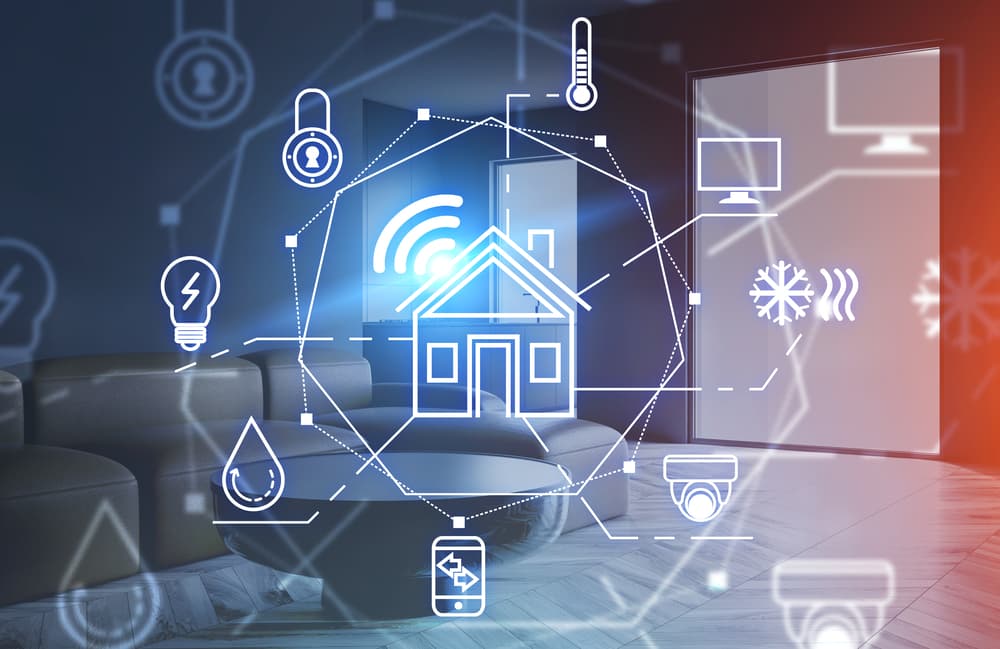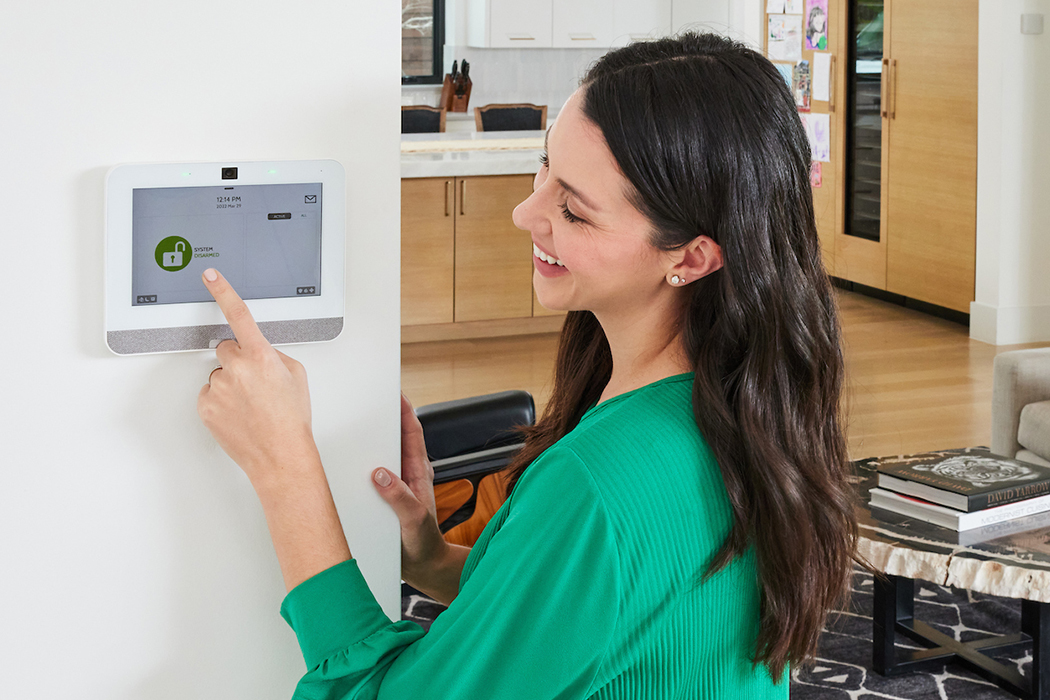
Affordable Sustainable Home Automation: The Future of Smart Living
Share
As we navigate a world increasingly focused on efficiency and eco-friendliness, the idea of affordable sustainable home automation is gaining traction among tech enthusiasts and industry experts. Integrating green technology into our homes is no longer just a trend; its becoming essential for cultivating a sustainable future.
By embracing budget-friendly home automation solutions, households can significantly diminish their ecological impact while remaining cost-effective. But how can one achieve a harmonious balance between affordability, sustainability, and cutting-edge technology?

Understanding Sustainable Home Automation
At its core, sustainable home automation involves the use of smart technologies designed to decrease energy consumption, reduce waste, and foster a healthier living space. Automating various tasks helps homes rely less on non-renewable energy sources while ensuring optimal efficiency.
Some prevalent forms of sustainable automation include intelligent lighting systems, programmable thermostats, and advanced water management solutions. These innovations not only make daily living more convenient but also contribute to biodiversity protection and climate improvement.
Smart Lighting Solutions
Leading the charge in affordable sustainable home automation is smart lighting. With motion sensors and adaptive brightness, these systems dramatically cut down on energy use. Smart bulbs can adjust their brightness based on movement and time of day, which helps shrink monthly electricity bills.
These automated lighting options are budget-friendly and highly customizable, allowing you to manage them remotely via mobile devices. For further insights on integrating these green technologies, visit the Hubitat blog.
Programmable Thermostats
Programmable thermostats have transformed the way we control indoor climates. They learn household schedules and adjust heating and cooling based on when spaces are occupied, effectively conserving energy when it's not in use.
These energy-saving devices are increasingly affordable, making them essential for any sustainable home. Their blend of cost-effectiveness and advanced technology is undeniable.
Water Conservation Techniques
Staying true to the sustainability theme, automated water management systems play a crucial role in minimizing water waste. Smart irrigation setups can analyze weather forecasts and soil conditions to optimize watering for gardens, promoting both water conservation and the health of plant life.
Additionally, smart home systems can provide real-time insights into water usage, empowering homeowners to make educated choices that curb excess consumption.
Long-term Advantages of Sustainable Automation
The adoption of affordable sustainable home automation brings numerous long-term benefits. Homeowners can enjoy lower utility bills, a smaller carbon footprint, and potential increases in property value as eco-friendly homes gain popularity.
As more individuals embrace this innovative path, the homes of the future will become self-sufficient, autonomous, and more harmonious with nature. For broader insights on green home technology, check out HowStuffWorks.
Looking Ahead: The Future of Sustainable Living
As we enter an age where technology and sustainability converge, adopting affordable home automation can serve as a catalyst for the transition towards smarter living. Gaining insights from industry leaders and utilizing available tools are pivotal steps in creating greener homes.
If you're intrigued by the intersection of technological advancement and sustainability, explore further insights on Synergy Homes.
Conclusion: The Road Ahead
In conclusion, the journey toward affordable sustainable home automation is a continuous cycle of learning, adapting, and innovating. As we advance these technologies and broaden their availability, the potential for crafting genuinely sustainable living spaces grows exponentially. Stay informed about the latest eco-friendly innovations by visiting Happy Eco News.

FAQs on Affordable Sustainable Home Automation
What are key features of sustainable home automation?
Essential features include energy-efficient devices, renewable energy-powered systems, smart sensors to optimize resource utilization, and the use of recycled materials in product designs.
Is transitioning to a sustainable smart home costly?
While initial investments may be required, the long-term savings from reduced utility bills and possible government incentives generally offset upfront costs.
Can I install affordable automation systems on my own?
Many basic automation systems are designed for DIY installation. However, for more complex systems, consulting professionals is advisable to ensure optimal functionality and results.
